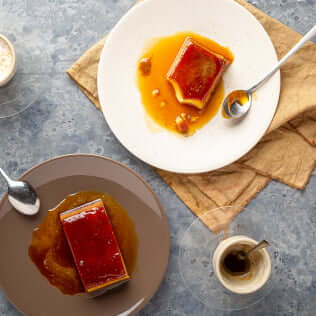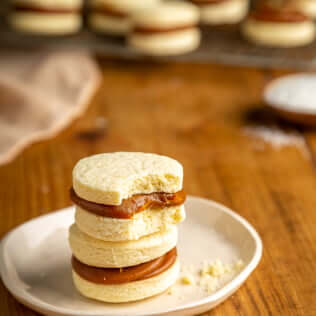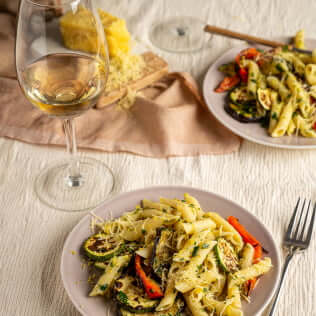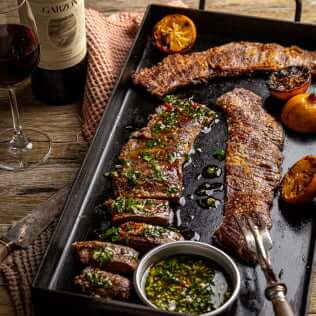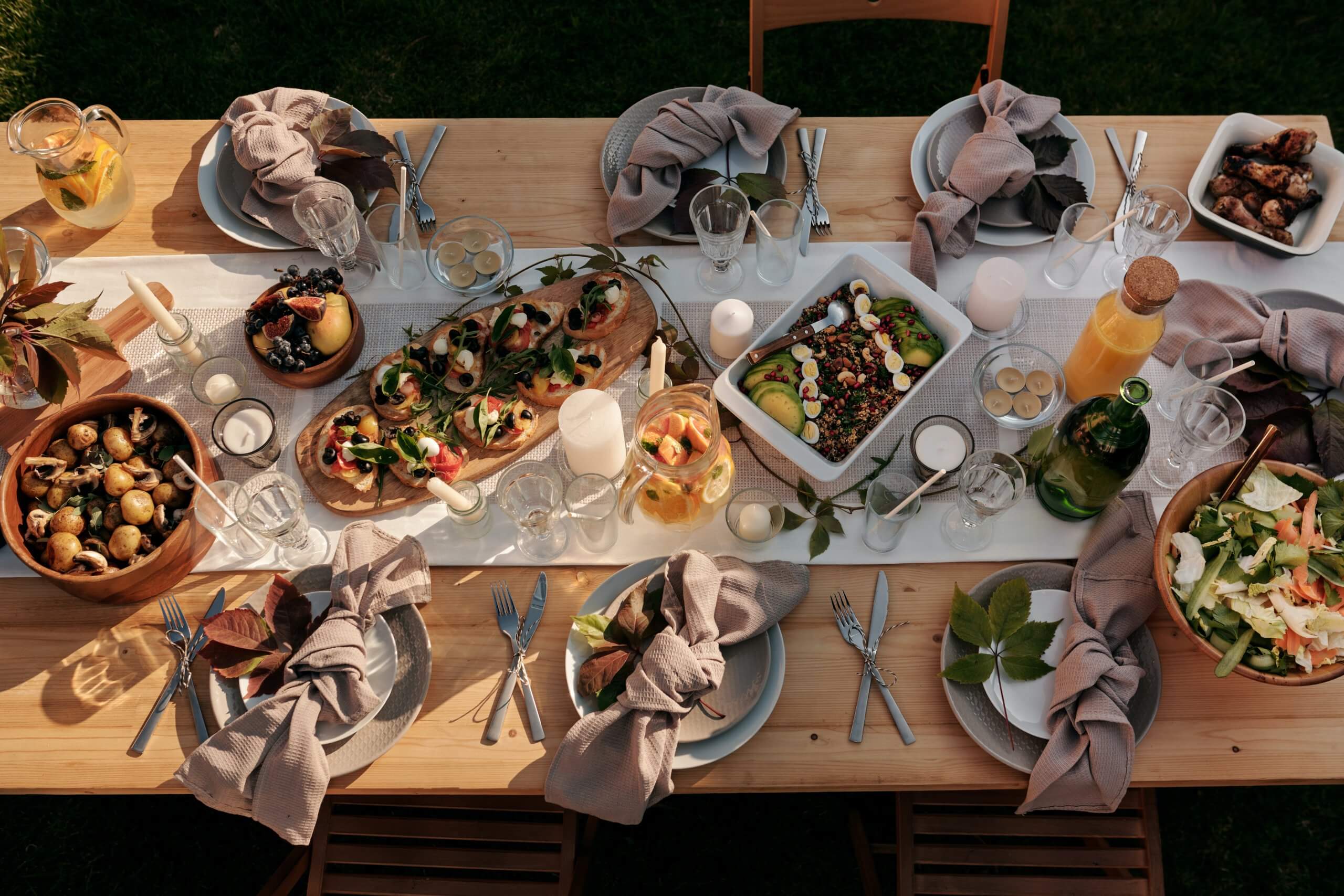Wine and cheese are meant to be together. Amongst all the wine and food pairing possibilities out there, wine and cheese is as classic as wine pairings get.
There are thousands of different wines on earth, and cheese styles are not far behind. How to pair them depends on many factors, but at the end of the day, it comes down to what you like to eat and drink.
Having said that, we can safely say that trial and error and a few hundred years of experience have given us a few guidelines about pairing wine and cheese correctly. Here's all you need to know to pair wine and cheese and create a wonderful experiences with the classic pairing.
How To Taste Wine And Cheese?

How to taste cheese and wine has no science; some say you must take a bite of cheese, chew it and hold in your mouth before blending it with a sip of cheese; we say that’s off-putting. Wine and food don’t actually have to meet in your mouth because any successful pairing relies on one single sensation: persistence.
Grab a bite of cheese and please do swallow. You’ll notice you can still savor the cheese for seconds or even minutes — that’s the right moment to sip your wine. Our delicious fermented grape juice is persistent as well, so the pairing experience goes both ways.
We’re also relying on contrasting flavors; a creamy cheese will leave a coating sensation in your mouth, think chevre. If you pair it with a fresh, acidic wine like a Sauvignon Blanc, you’ll immediately feel how the wine cleanses your palate and prepares you for the next bite.
Which Cheese Goes Best With Which Wine
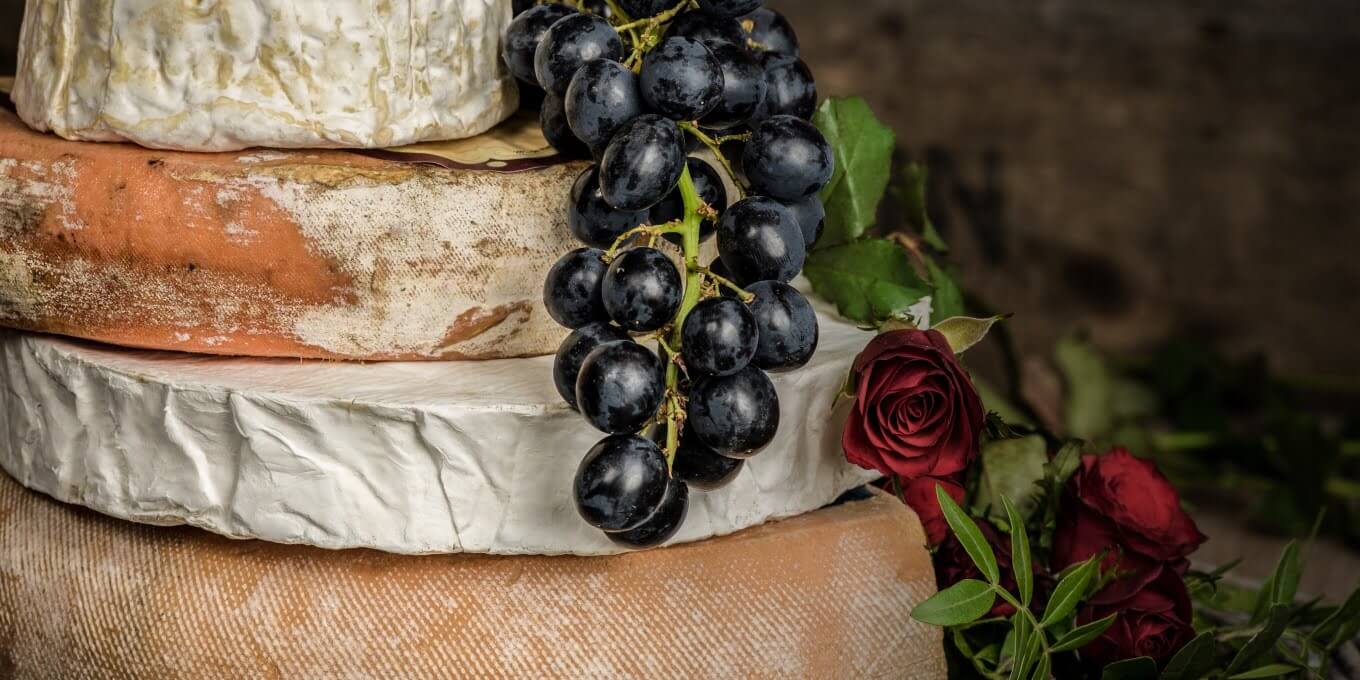
There are many ways of classifying cheese; for starters, we could make a clear distinction between factory-made and artisan cheese. The first category should be avoided since commercial cheese rarely has the quality or complexity of a real farm cheese made with love.
Then you can classify the cheese for the milk used. Cows, goat, sheep, and even buffalo are milked for cheese-making endeavors. Yet, it’s not the milk that makes different styles of cheese unique, but the aging process. Here are the most common types of cheese according to their aging and how to pair them with wine.
Fresh cheese and soft-ripened (bloomy rind) cheese
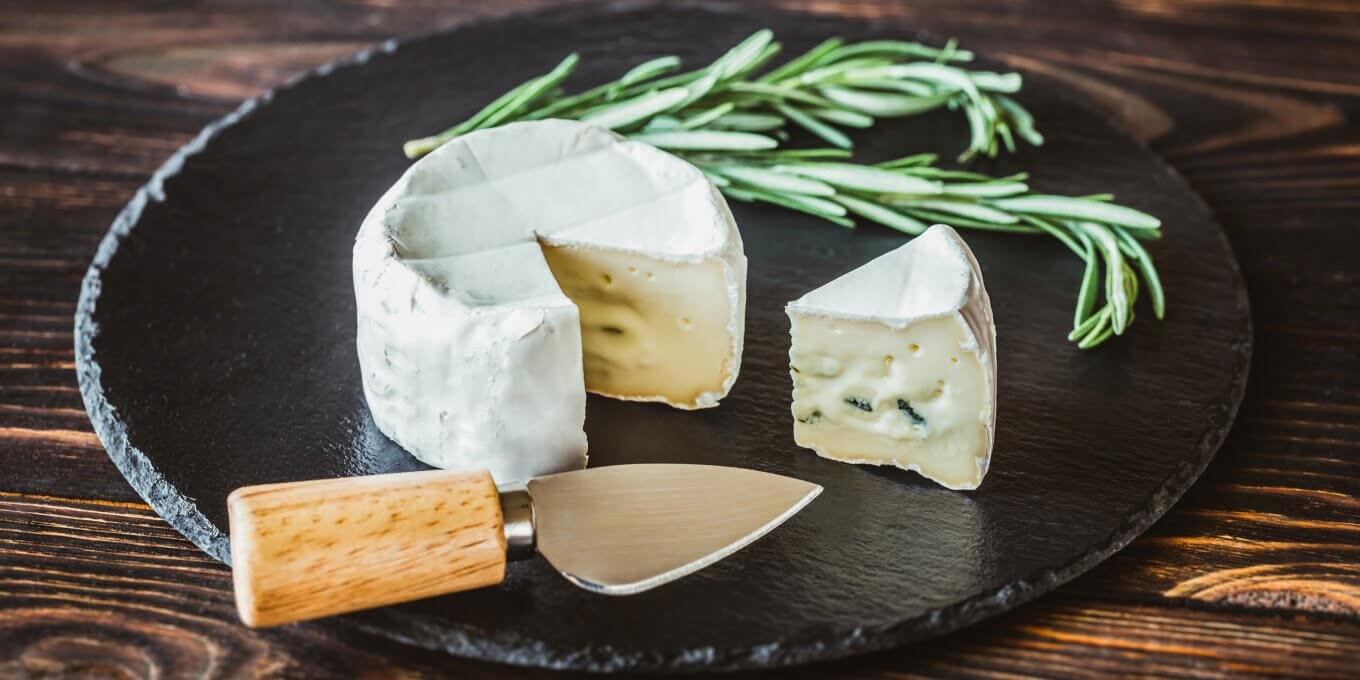
Curd cheese, like cottage cheese, cream cheese, curd cheese, queso fresco, paneer, fresh goat’s milk and chèvre aren’t aged at all. They’re better consumed fresh and have a milky and often tangy flavor.
Soft-ripened cheese that age for a few days or weeks like Brie or Camembert can be gooey, creamy and slightly fragrant, yet, they’re still quite fresh.
Pair this category with young white wines with a fresh and crisp profile like Sauvignon Blanc, Pinot Grigio, Albariño, Trebbiano or Viura. Most modern white wines fit this category.
Recommended Pairing: Goat’s cheese - Bodega Garzon Reserva Albariño, Maldonado, Uruguay
Semi-hard Cheese
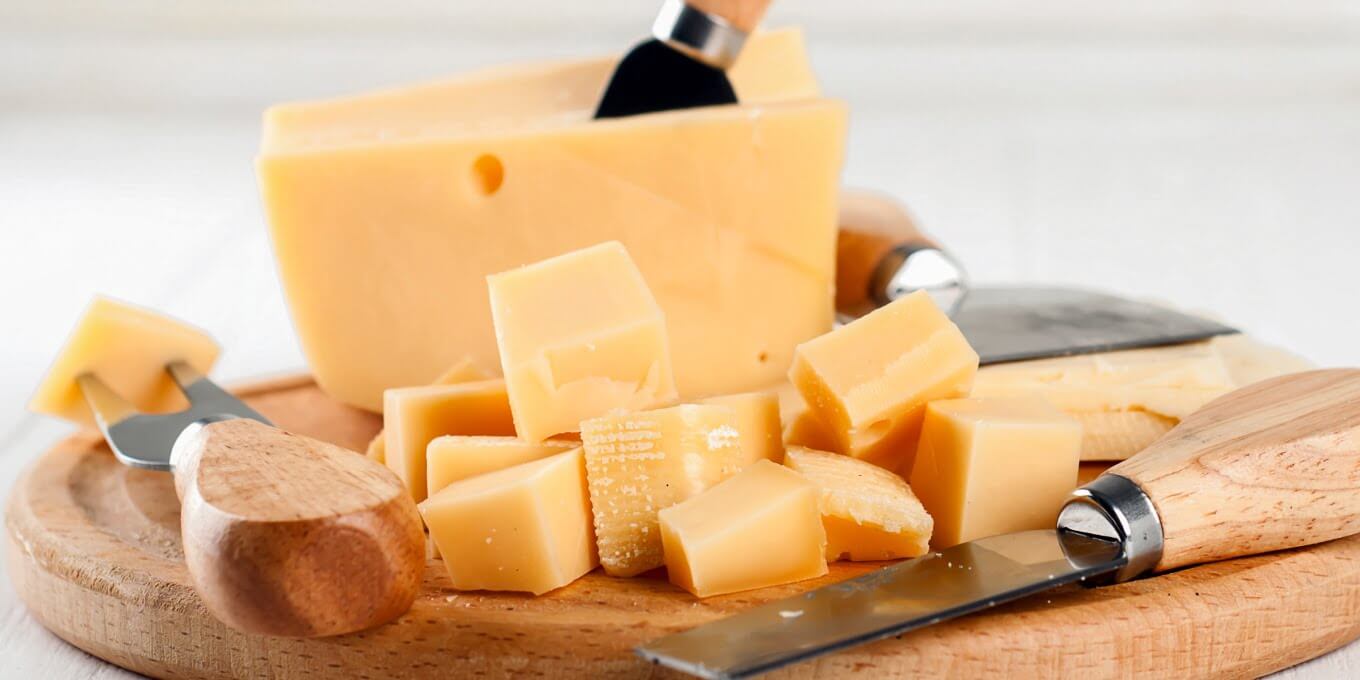
We’re sure you're familiar with this style of cheese. Cheddar, Gouda, Edam, Monterey Jack, Emmental, Swiss and Gruyere are common examples. This cheese ages, but retains humidity, it’s flavorful, but not overpowering. Medium-bodied red wines like young Crianza wines, Merlot and Cabernet Franc are ideal pairings.
Recommended Pairing: Gouda - Pisano Cisplatino Pequena Reserva Tannat - Merlot, Progreso, Uruguay
Hard Cheese
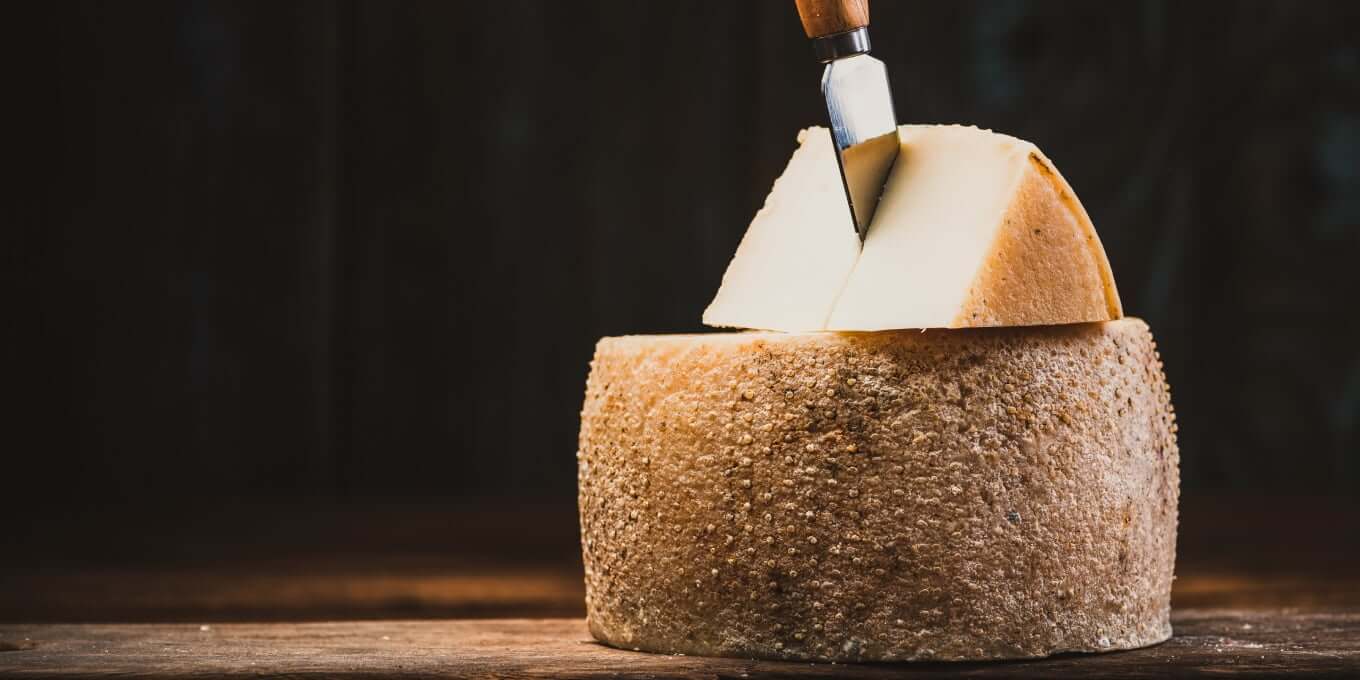
Hard cheeses are aged for a few months and up to several years. Think Parmigiano-Reggiano, Asiago, Pecorino and Manchego. Flavors concentrate and humidity dissipates. This is potent cheese and pairs best with intense red wines with lots of tannins. Cabernet Sauvignon, Nebbiolo, Syrah and Tannat are fabulous examples.
Recommended Pairing: Manchego Añejo - Bouza Tannat, Montevideo, Uruguay
Washed-Rind Cheese

Washed-rind cheeses start like regular cheese, but producers wash the rind as it ages with brine, beer or wine, allowing bacteria and fungi to grow. Limburger, taleggio, Époisses and Munster are classic examples, and you can recognize these stinky cheeses from a mile away. Aromatic cheese calls for aromatic white wines, including Viognier, Torrontés and Dry Riesling.
Recommended Pairing: Munster - Bodega Garzon Viognier, Maldonado, Uruguay
Blue Cheese
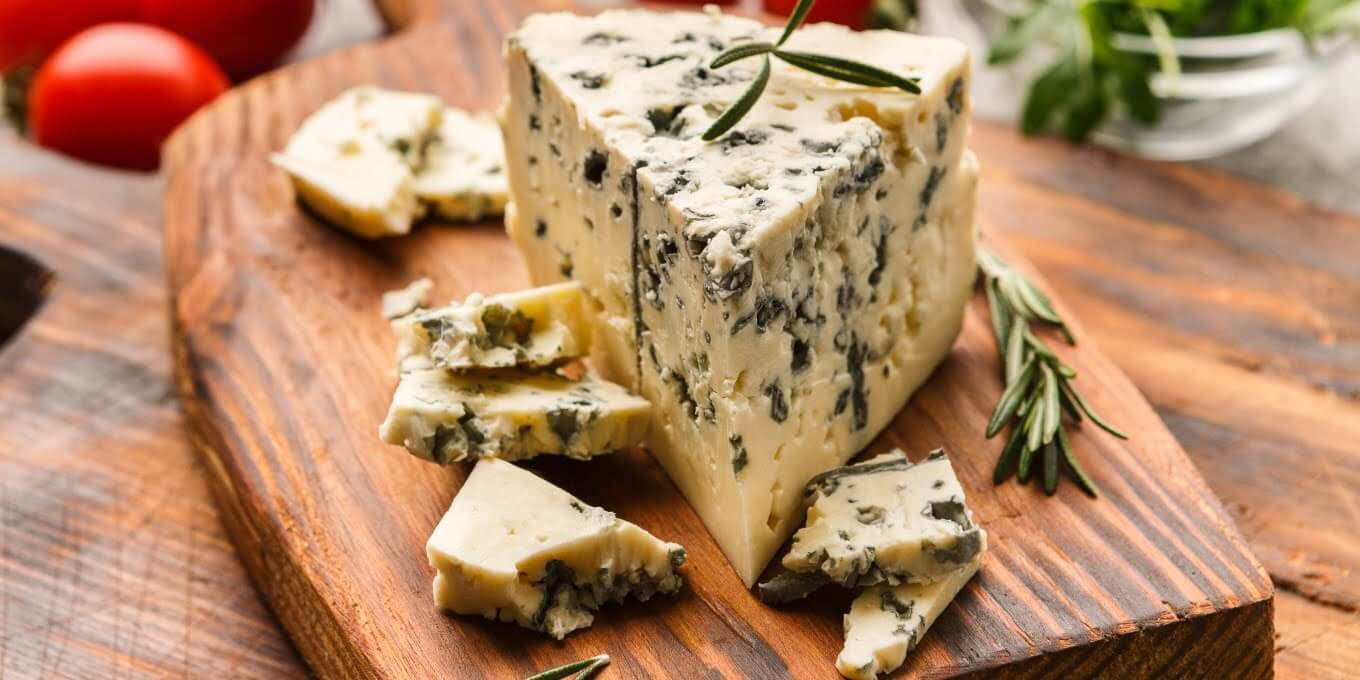
Cheese makers produce blue cheese by infusing the cheese with Penicillium roqueforti, a fungus that develops blue veins. Some examples are Roquefort, Stilton, Gorgonzola and Danish blue. The result is pungent, salty cheese that you learn to love after a few bites. Such an intensity of aroma is interestingly compatible with decadently delicious sweet dessert wines.
Recommended Pairing: Roquefort - Irurtia Botrytis Excellence 2006, Uruguay

Now that you know how to pair cheese and wine, you’re ready to make some calls and put together a cheese and wine pairing party. Visit your local cheesemonger and get yourself a few nice bottles of wine. The only thing that makes the wine and cheese pairing even better is a good company.















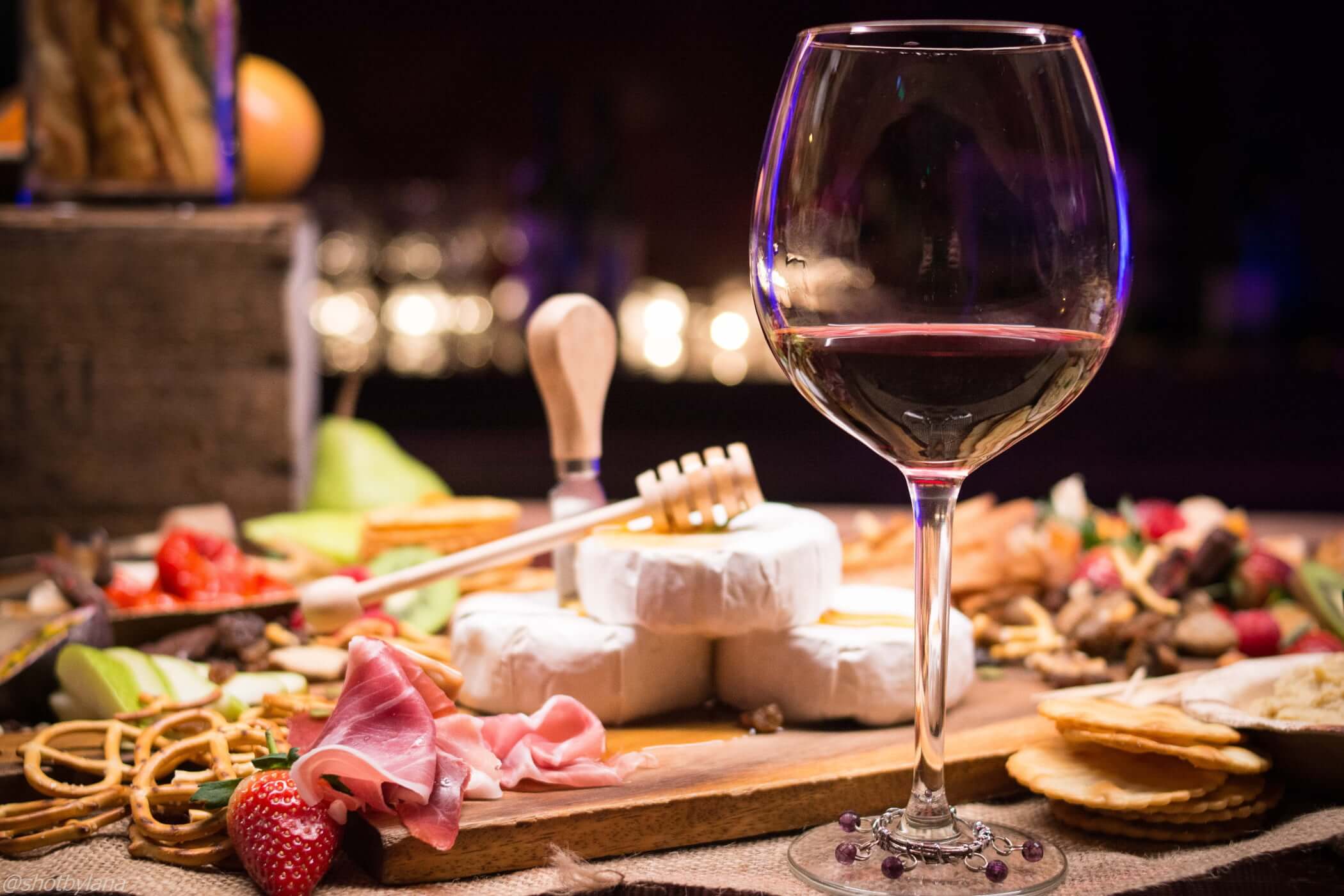
 4
4



